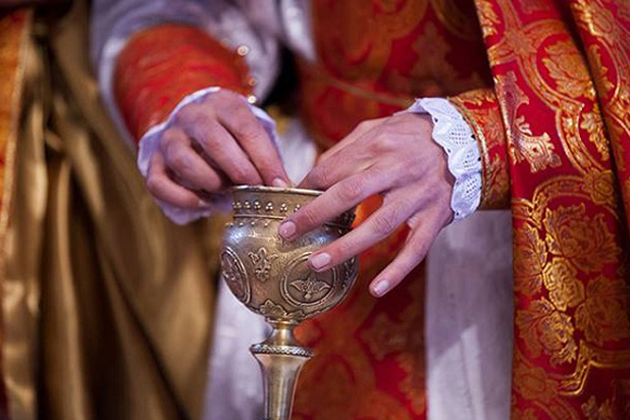As a general rule, the Armenian Church offers Holy Communion only to those who are baptized members of the Armenian Church or one of the Oriental Orthodox Churches —the Coptic, Eritrean, Ethiopian, Syrian Orthodox or Malankara (Indian) Orthodox Churches. These are our closest sister churches who share with us the...

How is our Badarak different from the Catholic Mass?
The Badarak of the Armenian Church and the Mass of the Catholic Church are two ancient expressions of the Eucharist, the primary Christian sacrament instituted by Jesus Christ at his Last Supper. The service of the Lord’s Supper developed differently in the various eastern and western cultures where Jesus’ apostles...
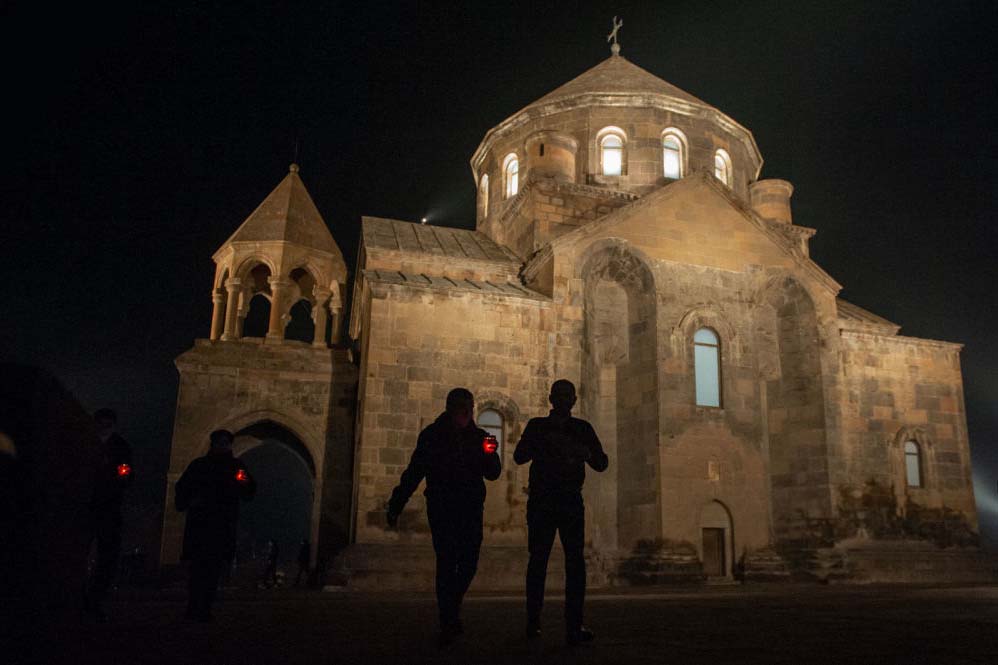
Can the Badarak be shortened?
As the possession of the church, the Badarak can certainly be shortened, expanded or otherwise modified. This would presumably be undertaken by the Catholicos, guided by the wisdom of the synod of bishops and other experts in the history and theology of the liturgy. It must be noted, however, that...

Why is the Badarak so long?
The Badarak is long because it has grown over the centuries, acquiring new hymns, rituals, psalms and prayers from time to time. The Divine Liturgy is a living and evolving expression of the Armenian people’s Christian faith. It is not a fixed work of art like an opera, which a...
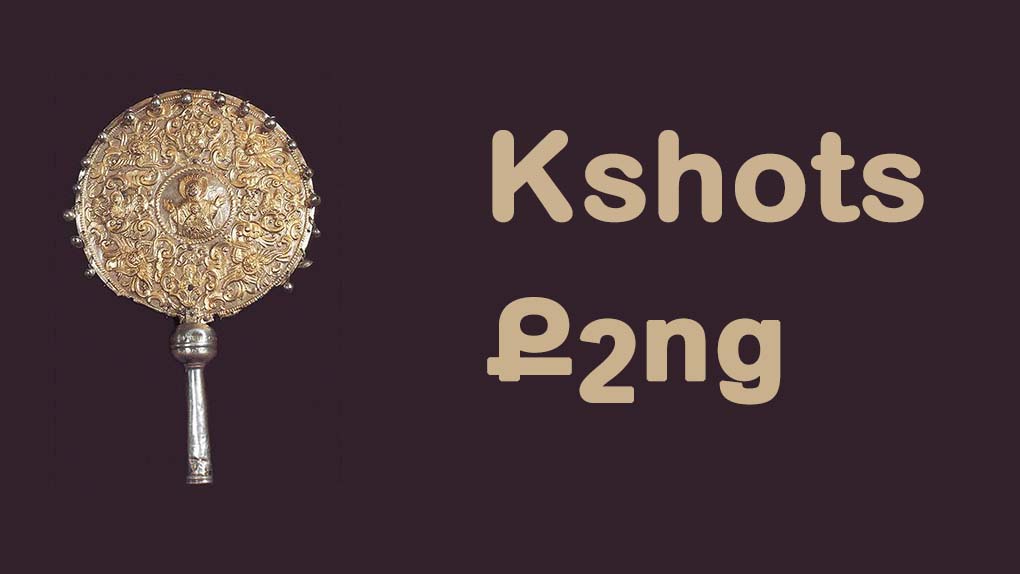
Why do we use the kshots?
The liturgical fan that we call the “kshots” in Armenian is also known as the flabellum or rhipidion. It is a round, ornately-embossed plate of silver, bronze or other metal, about twelve or more inches in diameter, with small bells coupled around the perimeter. The disk is attached to the...
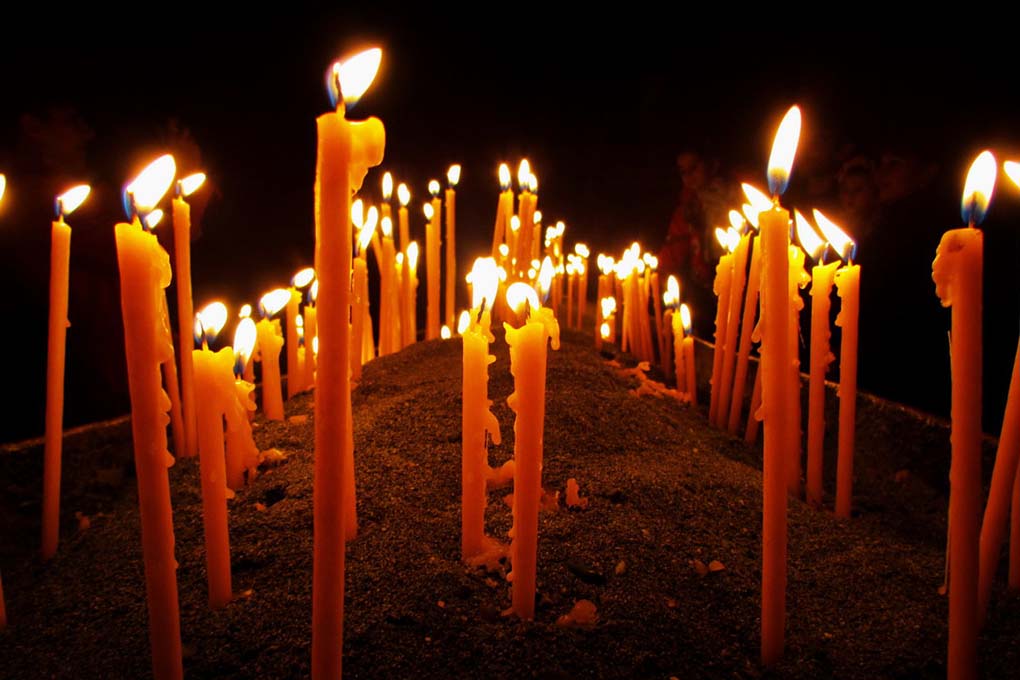
Why do we light candles in the church?
In ancient times candles were used in the church for a very practical reason: to provide light. Adequate lighting was especially important in churches, where the officiants of the liturgy relied on liturgical books to conduct the lengthy worship services. Apart from this strictly functional use, burning candles remind Christians...
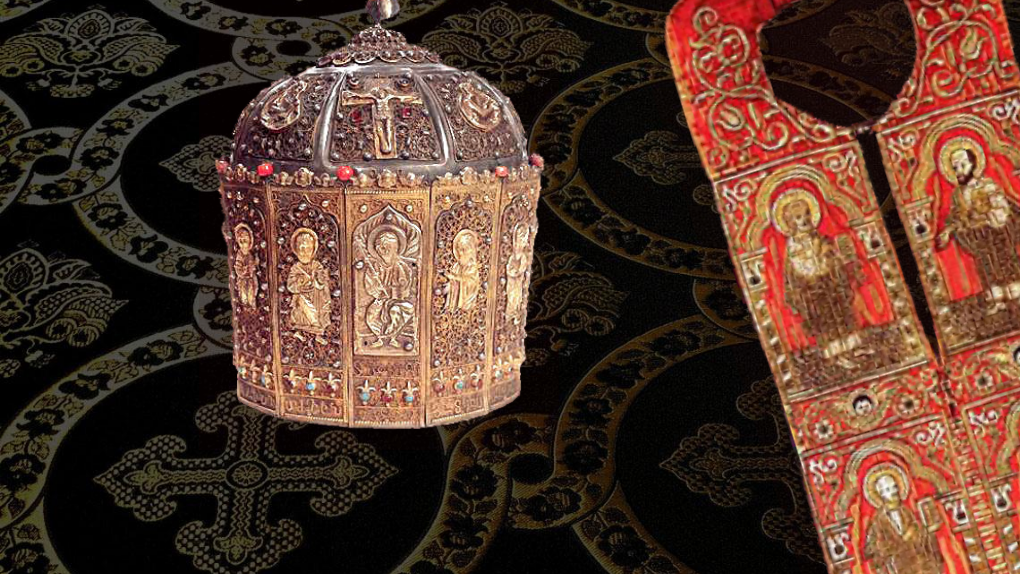
Why does the priest wear special vestments?
The vestments worn by the priest during the liturgy are a kind of sacred uniform. A person’s uniform is related to the kind of work that person does. It also provides a distinctive appearance that makes the person easily recognizable to the people he or she serves. A uniform may...
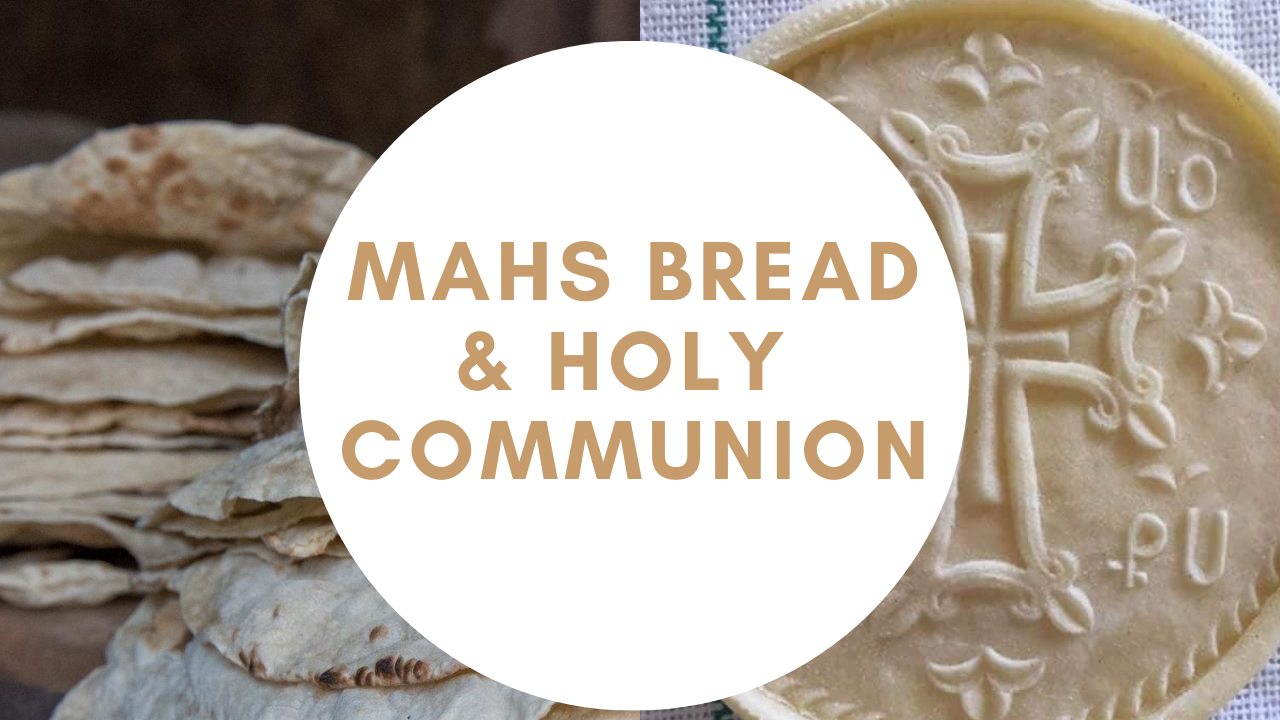
What is the difference between mahs bread and Holy Communion?
At the beginning of the Divine Liturgy, after the curtain has been closed for the first time, the deacon presents a tray of unleavened bread to the priest, including several small, round loaves called “nshkhar.” The priest blesses the bread, then selects one of the nshkhark, which he places on...

What sacred objects are placed on the altar?
According to Archbishop Tiran Nersoyan’s authoritative text and commentary of the Divine Liturgy, the altar of an Armenian Church should be arranged in this way. The entire table is normally covered in fine linens. An additional small, white linen cloth (known as corporal) is placed in the center front of...

